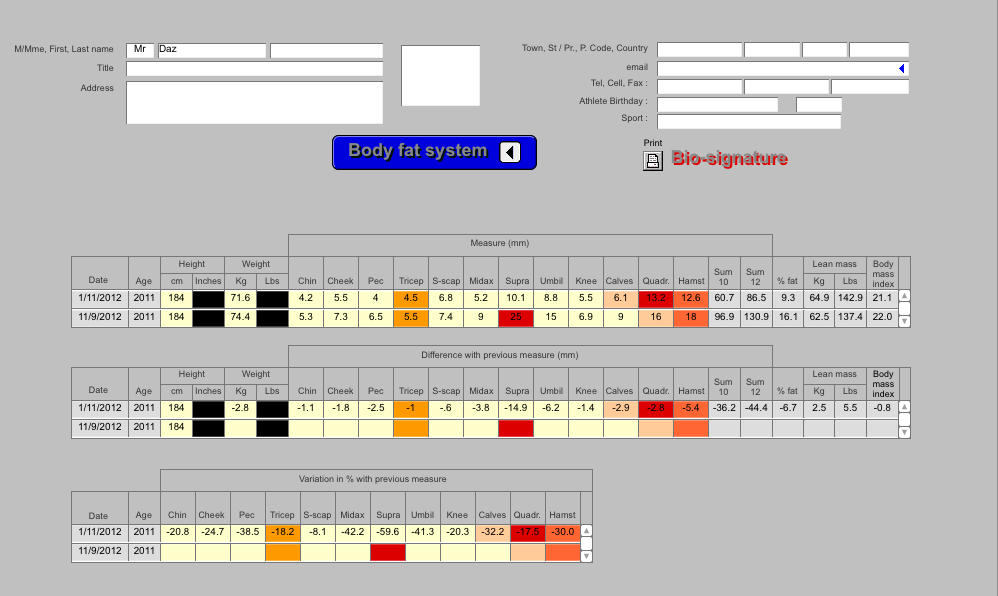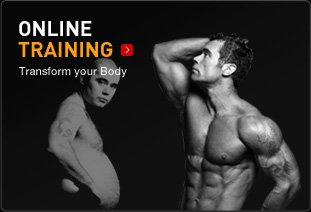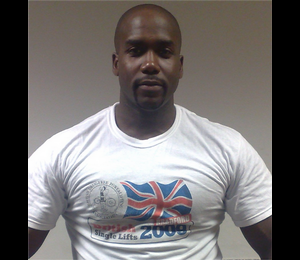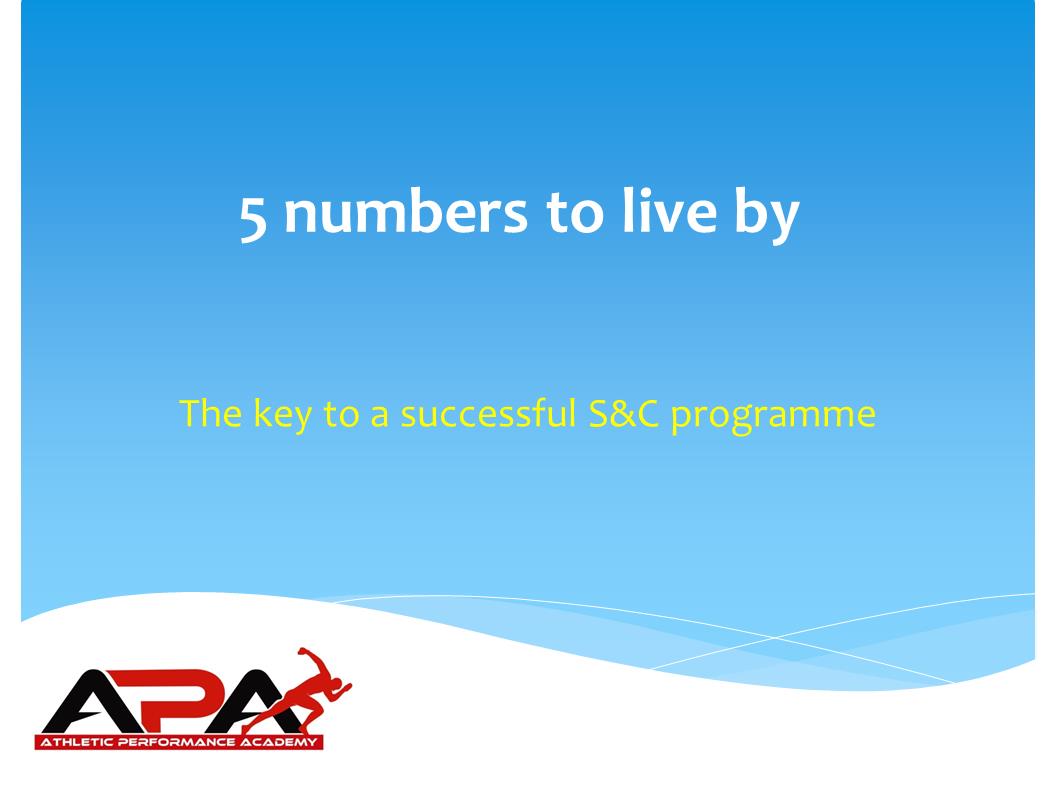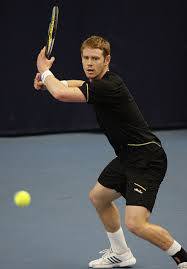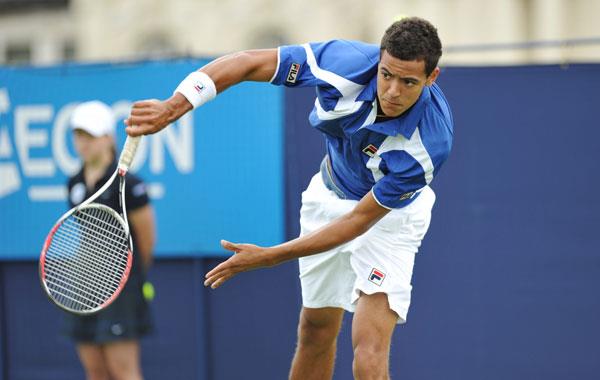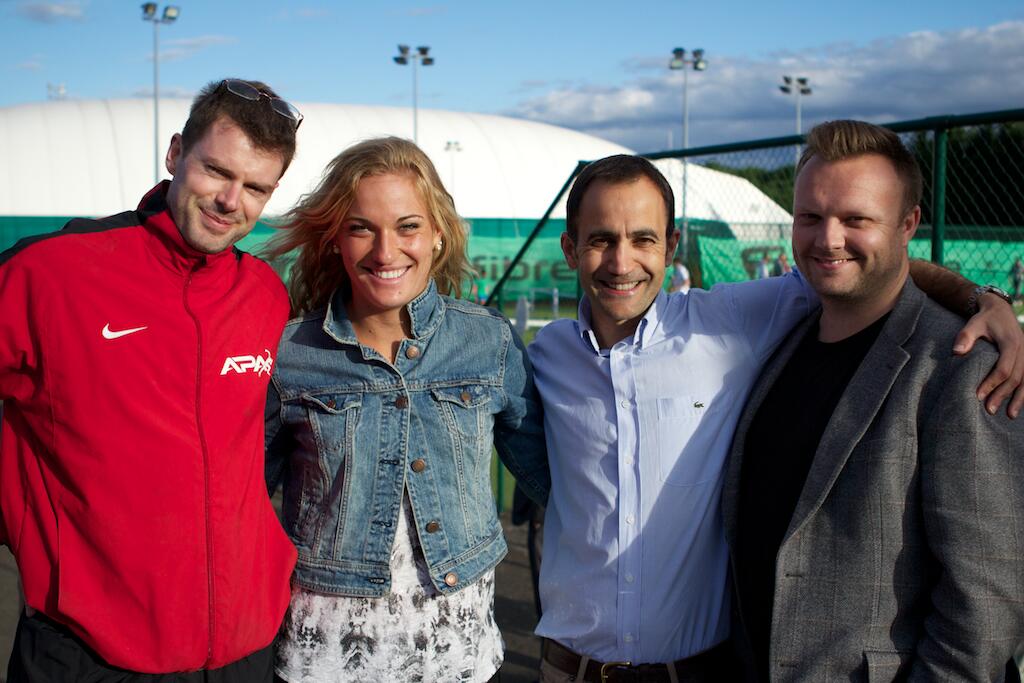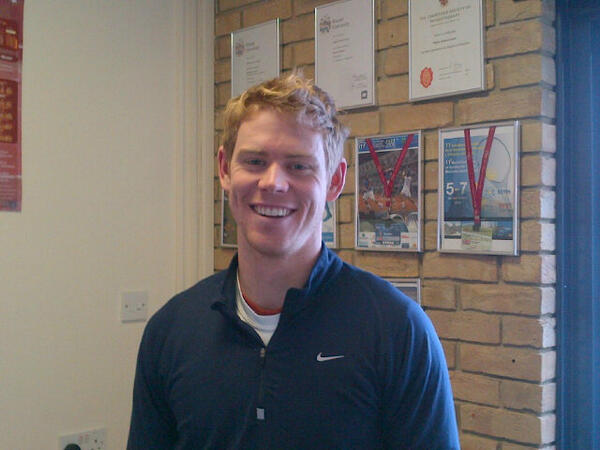Using the warm-up to get a better functioning body
I’ve just taken on a few young athletes who have invariably come to me because their sports coach has noticed that they are quite heavy on their feet or flat footed. Now the traditional approach to improving this movement flaw is to do a lot of ‘footwork drills’ such as ladders, skipping rope and so on. And to be honest I have gone down this route myself with different degrees of success. Certainly some of the drills I have seen Nino Severino do are really effective. But in recent months I have been working with middle distance runners and the coach came to me with a similar problem.
Now because they were runners and not playing multi-directional sports such as Tennis, I focused higher up the body on maintaining a taller posture while doing things like this:
I’ve started to use these drills to compliment my glute bridges in the gym warm-up and I’m finding I am getting some great results. I also do some planks, side planks and leg lowering at the end of the workout along with some quadricep stretches and it’s really helping. For some great examples of drills you can do either as a stand alone session or used within warm-ups and workouts see http://www.jumphigherin4weeks.com/7dayjumpcurevideos.html
| PRE WEIGHTS |
|
| Activation: Glutes |
| Glute bridges 1 x 20 |
| Standing hip flexor iso holds 1 x 10 each side |
|
| Core |
| Do not need to do core if did on court |
| Around the world 1 x 20 (10 Each way) |
| Over the top 1 x 20 (10 Each way) |
| Lunge and twist 1 x 20 (10 Each leg) |
| Lunge and chop 1 x 20 (10 Each leg) |
|
| Mobility: |
| RFE Lunge 1 x 5 each side |
| Goblet squat 1 x 10 |
| Dynamic hamstring 1 x 10 each side |
|
| Bar warm-up: |
| RDL x 12 |
| Bent over row x 6 |
| Overhead squat x 12 |
| Drop squat and press x 6 |
While we’re on the topic, I am also going to give you an example of a general APA pre-practice warm-up below which follows the basic RAMP protocol of warming-up. It is my belief that the warm-up is the ideal time to steal 15 minutes each day to work on the movement efficiency of the body. I’m focusing on slightly different things here but the principle is still to develop movement efficiency.
Think of it this way; you need to fix YOU (your mind) and YOUR BODY first before any workout or programme can really help you. Most programmes don’t work as effectively as they could because most people’s bodies don’t work optimally. They don’t recruit the right muscles in the right order at the right time.
You need to lay a foundation first.
A warm-up will achieve this by giving you a daily dose of movement efficiency work.
There are so many ways you can tweak this to suit your own needs. For example, in the APA activation section we use mini-bands followed by single legs squats and hops for glute activation, and a nice medicine ball series to activate the trunk and shoulders.
But you could easily swap out the mini-bands for floor based glute bridging and planks, and swap out the medicine ball series for some shoulder band circuits. It is my personal preference that as much as possible is done standing up.
R- raise- body temperature
A- activate- muscles
M- mobilise- joints
P- potentiate- wake up the nervous system
|
|
| Pulse raiser: Skipping |
| 50 on spot |
| 25 hop on each leg |
| 25 cross-overs |
| 25 doubles |
| then repeat |
|
| COULD DO IP here on match days |
| Activation: Glutes |
| Lateral monster walks x 10 each way |
| Forward/backwards monster walks x 10 |
|
| Balance |
| 5-sec single leg squat hold (F/S/ROT) each side |
| 5-sec Hop and stick x 3 each leg |
|
| Core |
| Around the world 1 x 20 (10 Each way) |
| Over the top 1 x 20 (10 Each way) |
| Lunge and twist 1 x 20 (10 Each leg) |
| Lunge and chop 1 x 20 (10 Each leg) |
|
| COULD DO floor work here on match days |
| Mobility: |
| Lunge series (F/S/ROT) 2 x each leg |
| Spiderman crawl x court width |
| Catepillar walk x court width |
|
| Coordination: |
| single knee deadleg lift |
| side steps |
| high skips |
| cross-over side shuffle side shufflr |
| butt kicks |
| cross-overs |
| high side skips |
|
| Sprints |
| Fast feet on spot into 10m sprint there and back |
|
Notice that the activation section and mobility section can be changed during tournament weeks (match days). Doing this whole warm-up on your feet twice a day could become quite energy sapping so instead I get the athletes to do what we call an ‘Injury Prevention’ circuit before matches with exercises that involve more stationary work. We also replace some of the more demanding lunges and crawls with yoga stretches to loosen the hips and back.
These warm-ups teach you to get power into the ground efficiently, and you can achieve this even without gaining additional strength and speed just by making the movements more efficient.
In summary a good warm-up should:
1. boost the strength and functionality of the muscles that optimally control your legs:
you want the muscles that sit up higher on your body, the abdominals, hip flexors and glutes, to control your thigh bone and lower body muscles rather than the muscles residing lower on your legs. Strengthening these muscles will go a lot further than focusing on hours upon hours of ‘footwork drills.’ These drills act on the muscles lower down and won’t target the correct muscles higher up that are key to lifting you up onto your balls of your feet and off your heels!!!!!!
2. Boost mobility of key muscle groups
Before you can have the strength you have to have the mobility so stretching of the quadriceps, rectus femoris, hamstrings, groin and calves are key here.
hope this got you thinking and you enjoyed the post.
 was still sore from previous week’s training before seeing Chris. What was most noticable was than it felt like my core had gone to sleep- I just couldn’t get that bracing feeling all week and I guess they were just taxed to the max from the maximal effort!
was still sore from previous week’s training before seeing Chris. What was most noticable was than it felt like my core had gone to sleep- I just couldn’t get that bracing feeling all week and I guess they were just taxed to the max from the maximal effort!

